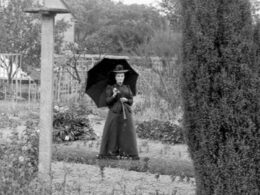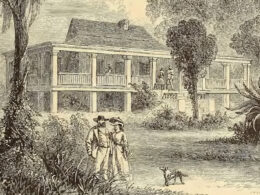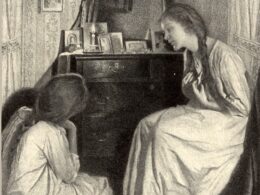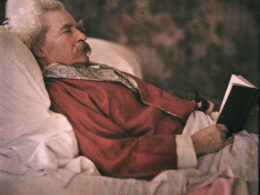From Stephen Crane: Prose & Poetry
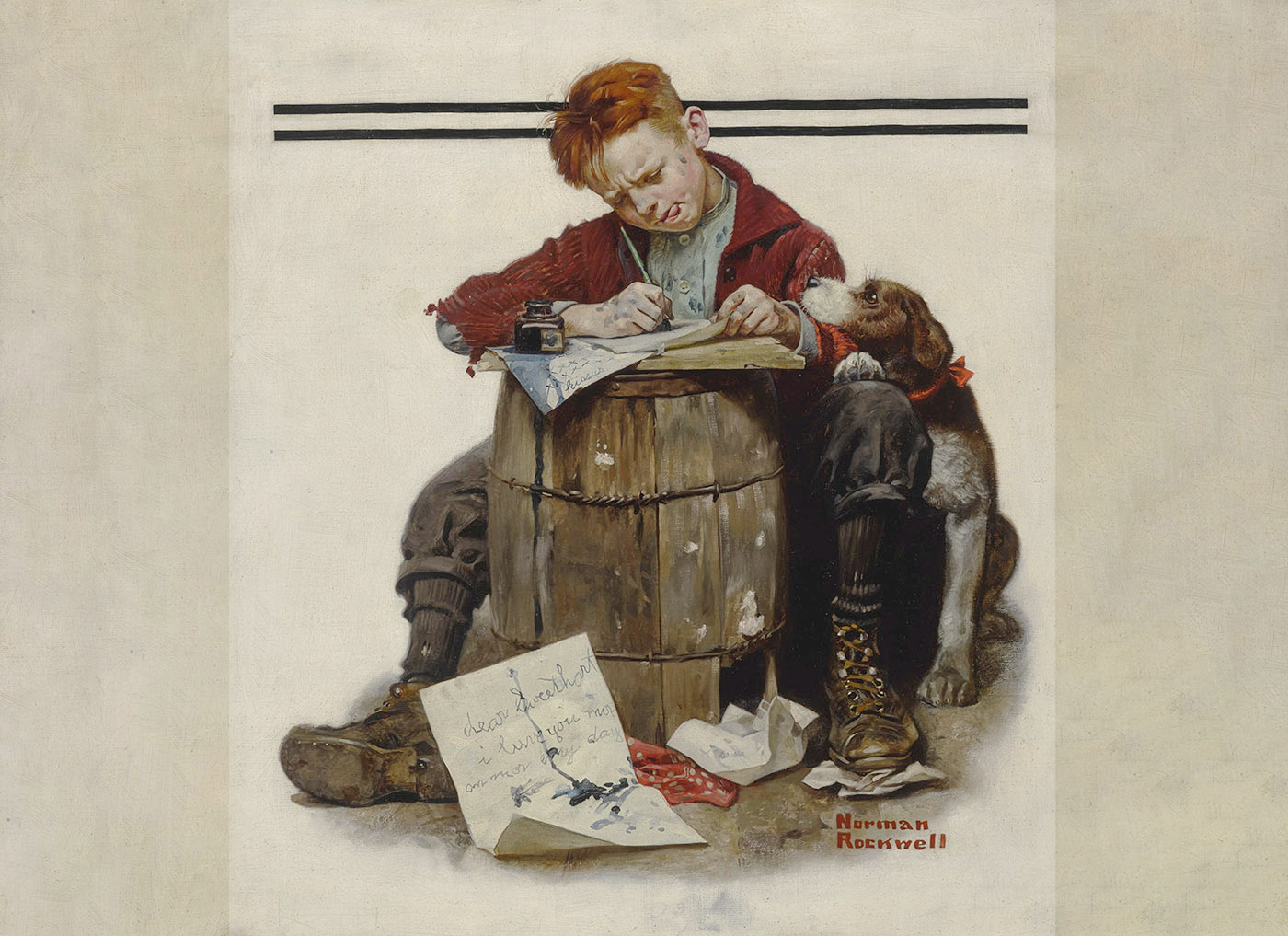
Stephen Crane’s final book, Whilomville Stories, appeared in August 1900, two months after the 28-year-old died from tuberculosis in Germany. Hastened to completion by the twin urgencies of Crane’s declining finances and deteriorating health, the book underwent a somewhat convoluted path to publication.
The fictional town of Whilomville had been the setting for two earlier works: “The Monster” (a novella considered by many to be Crane’s last masterpiece) and the short story “His New Mittens.” Crane first proposed the idea for a volume of Whilomville tales in the spring of 1899, when another collection, The Monster and Other Stories, which would include the first two Whilomville tales, was already in the works. At the eleventh hour he suggested that the volume be reconfigured to collect only stories set in Whilomville, including four new stories he had just finished, and “other stories of Whilomville which have not yet been named.”
Crane was notorious for changing his mind about his books and their contents, and so his agent and his publisher simply ignored his latest brainstorm and proceeded with the original volume. They did, however, draw up a contract for a book of new Whilomville tales: “at least twelve stories should be supplied, so as to bring the matter up to about 40,000 words.” The finished book was due in November. Then, in October, when Crane was nearly done with the required dozen, his common-law wife Cora wrote to his agent and proposed extending the series to a total of eighteen tales. It’s not clear who backtracked from this last-minute pitch, but in the end they submitted thirteen stories before the deadline the following month.
Literary scholar James Nagel has suggested that the Whilomville series should be considered an early example of an American short-story cycle. Nagel points out that Jimmie Trescott, a character in many of the stories, functions “much in the manner of George Willard in Anderson’s Winesburg, Ohio or Nick Adams in Hemingway’s In Our Time.” Two decades after Crane’s death, one of his friends recollected, “He was exactly as he delineated Jimmie Trescott in the Whilomville Stories. He was Jimmie Trescott.”
Some of the better stories in the cycle are those in which an outsider disrupts the town’s daily lives—and three of the stories feature a young girl named Cora, who steals the heart of little Jimmie. You can read one of them, “The Lover and the Tell-Tale,” with an introduction providing more details about the Whilomville cycle, at our Story of the Week site.
